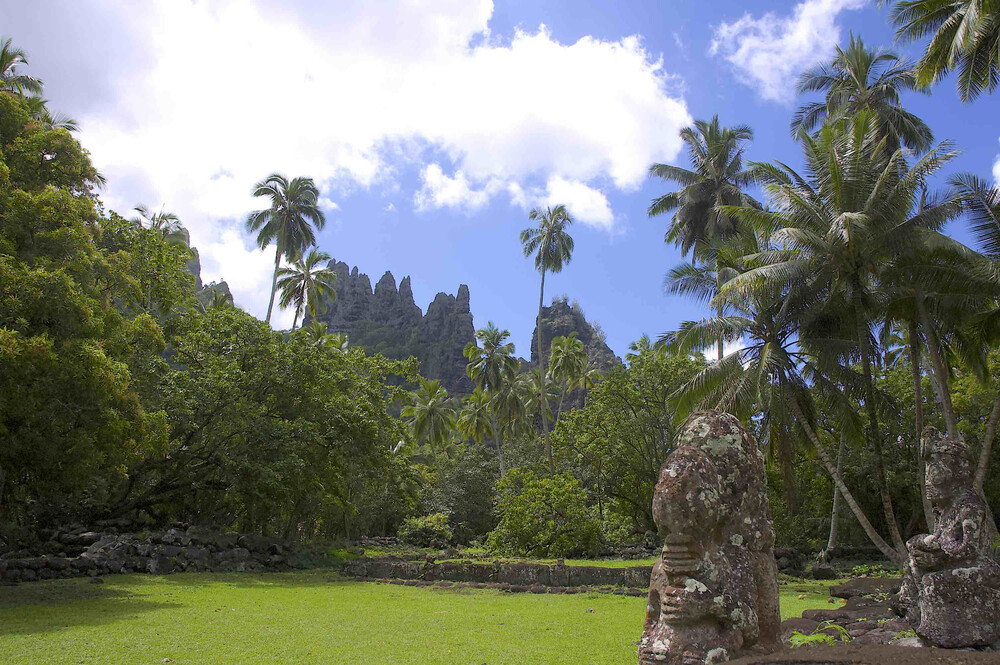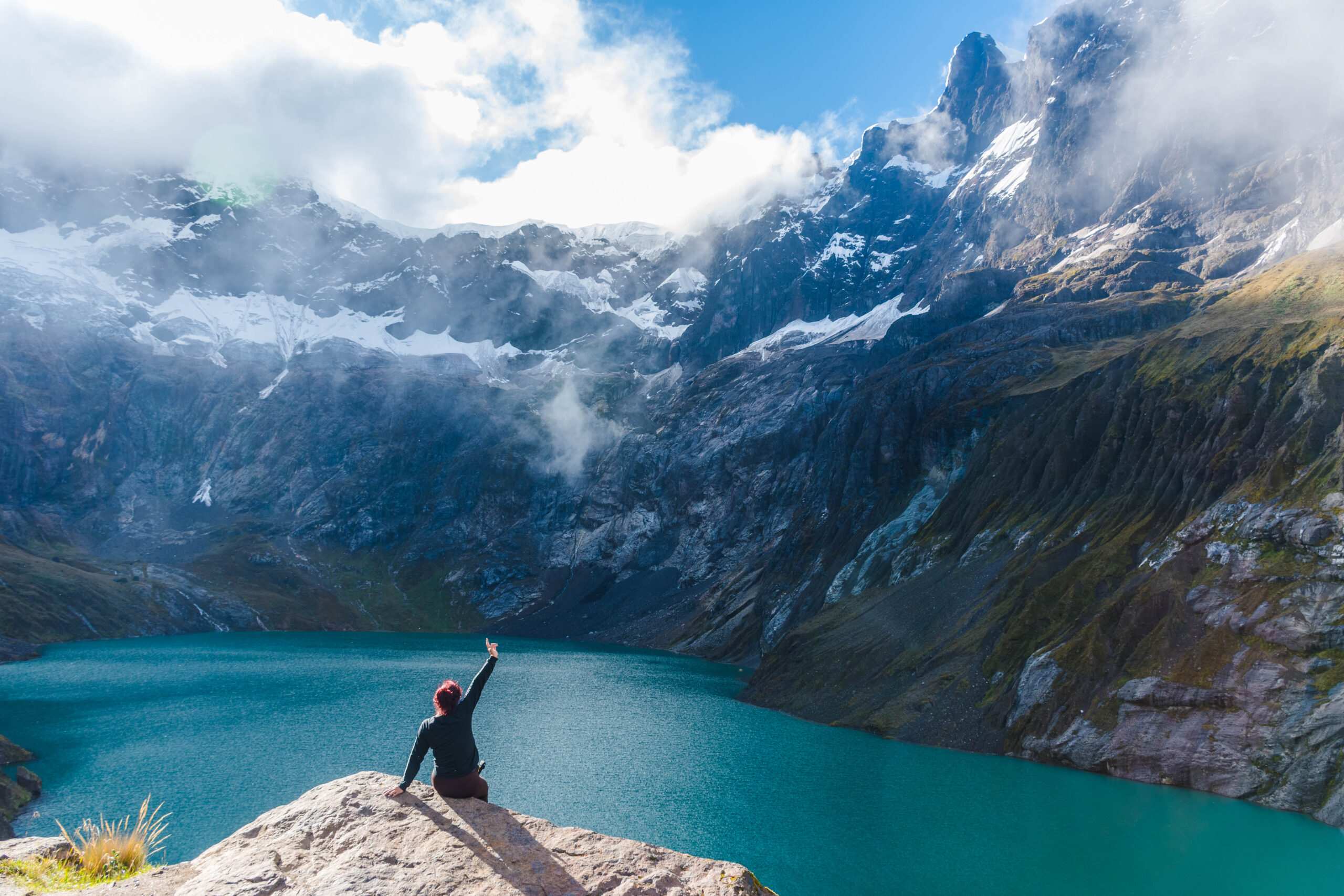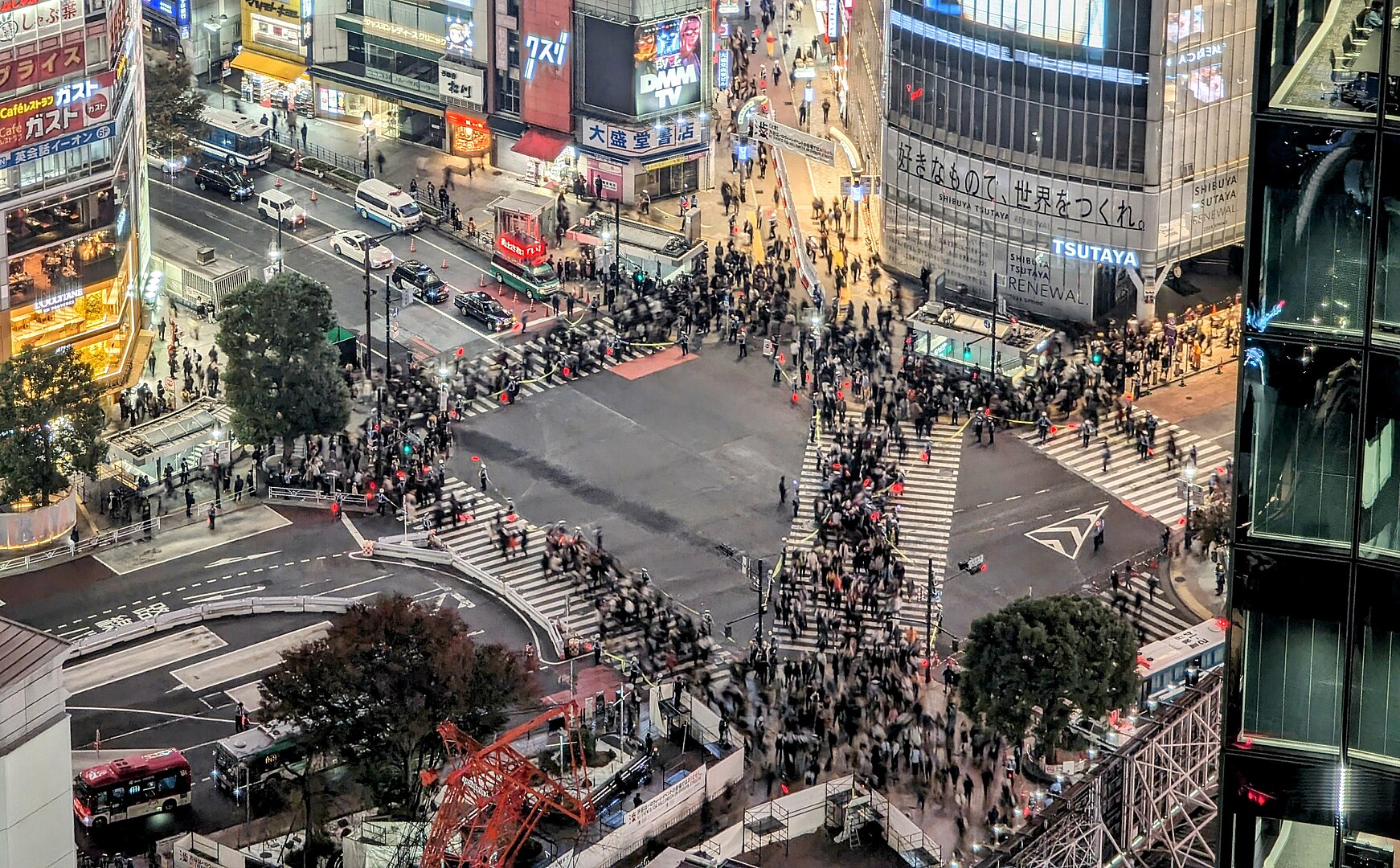The 46th annual meeting of the World Heritage Committee has just concluded in New Delhi.
Keeping with WaL tradition of reporting on the newly inscribed UNESCO World Heritage Sites, the ‘class of 2024’ contains 26 new properties but few standouts likely to wow prospective travelers.
In the ‘class of 2023,‘ WaL identified Central Asia as emerging with the largest number of new sites, reflecting themes that characterize the region’s long and diverse history.
By contrast, the ‘class of 2024’ is extremely dispersed, with China being the only nation to receive more than a single new site, and no region of the world receiving more than two sites maximum that carry relevance to each other.
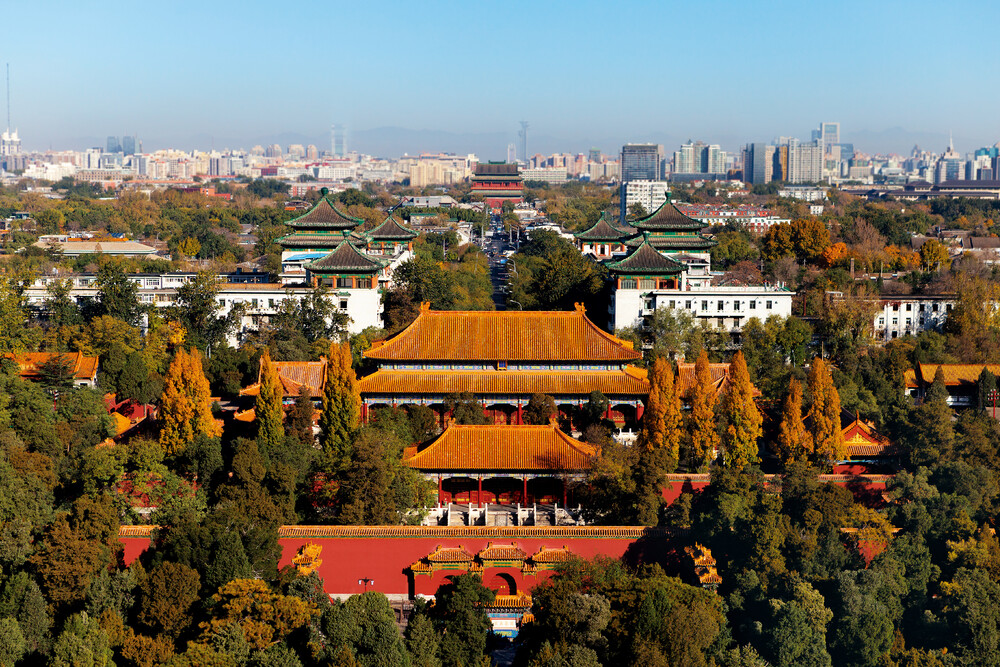
As far as the most visually pleasing new sites go, standouts are undoubtedly the Ducal Palace at Schwerin with its ensemble of manor houses and parks, canals, ponds, lakes, and public spaces, and the Central Axis of Beijing, with the Forbidden City right next door.
Multiple new sites capture the uniqueness of particular cultures at the height of their powers, which is true for new inscriptions of Gedi, the 10th-century seat of power of the Swahili people in Kenya, the Royal Court of Tiébélé in Burkina Faso, the royal necropolis of the Tai-Ahom kingdom in Assam, India, and the Phu Phrabat collection of Sima rock sculptures and shelters that bear testimony to monastic Buddhist life in Thailand for millennia.
The greatest number of corresponding sites deal with the earliest periods of human history, stretching from cave habitation in Malaysia dating back 50,000 years, to assemblages of bones found in Ethiopia belonging to Homo erectus, and Homo heidelbergensis, over 2 million years ago.
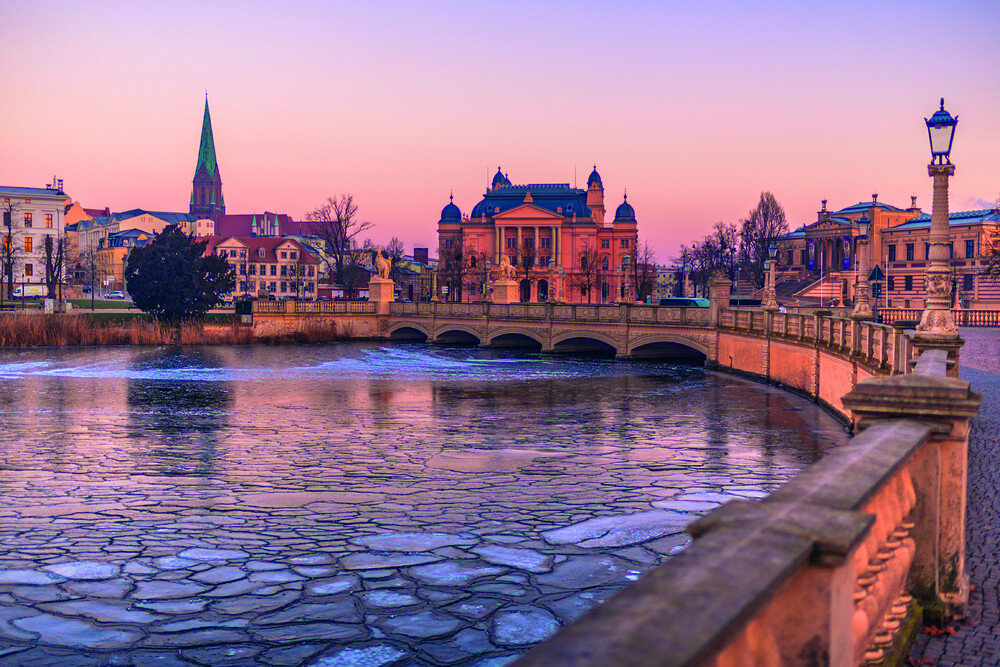
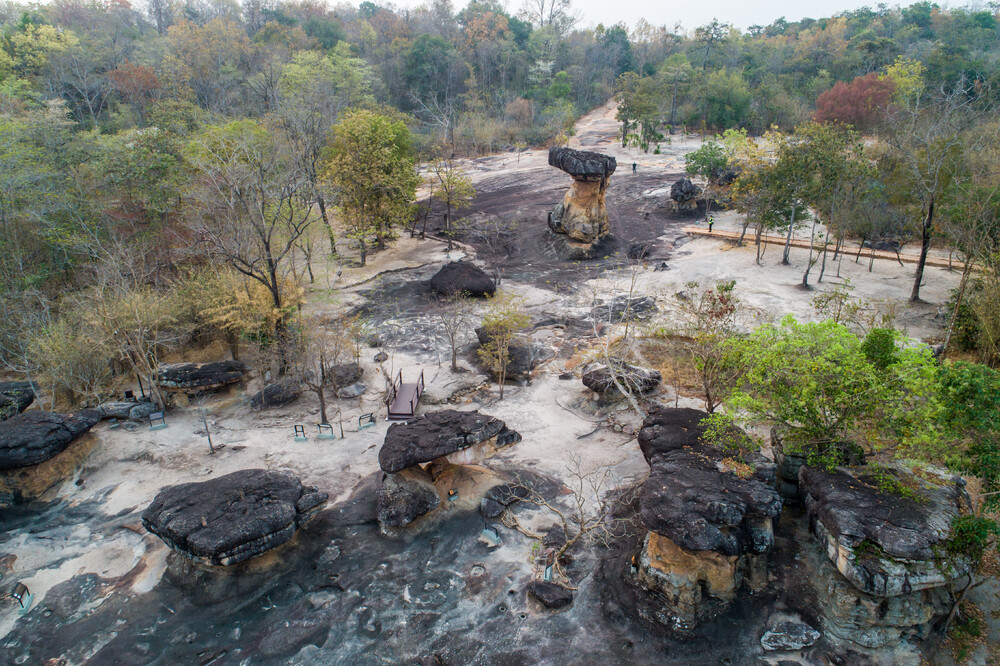
Earth stands out
Some of the most awe-inspiring sights present in the ‘class of 2024’ are probably to be found in the natural world rather than the civilized one. These include the Badain Jaran “singing sand” Desert in China, the lagoons of Lençóis Maranhenses National Park in Brazil, Vjetrenica Cave in Bosnia Herzegovina, the world’s most biodiverse, and Te Henua Enata also known as the Marquesas Islands
Located in the South Pacific Ocean, the Marquesas Islands were the only Mixed Heritage Site, bearing both exceptional testimony to the territorial occupation of the Marquesas archipelago by a human civilization that arrived by sea around the year 1,000 CE, and to a hotspot of biodiversity that combines irreplaceable and exceptionally well-conserved marine and terrestrial ecosystems.
Though a French territory, it is the only site inscribed on Oceania, and perhaps most likely to inspire travelers into striking out to reach this unknown wonderland.
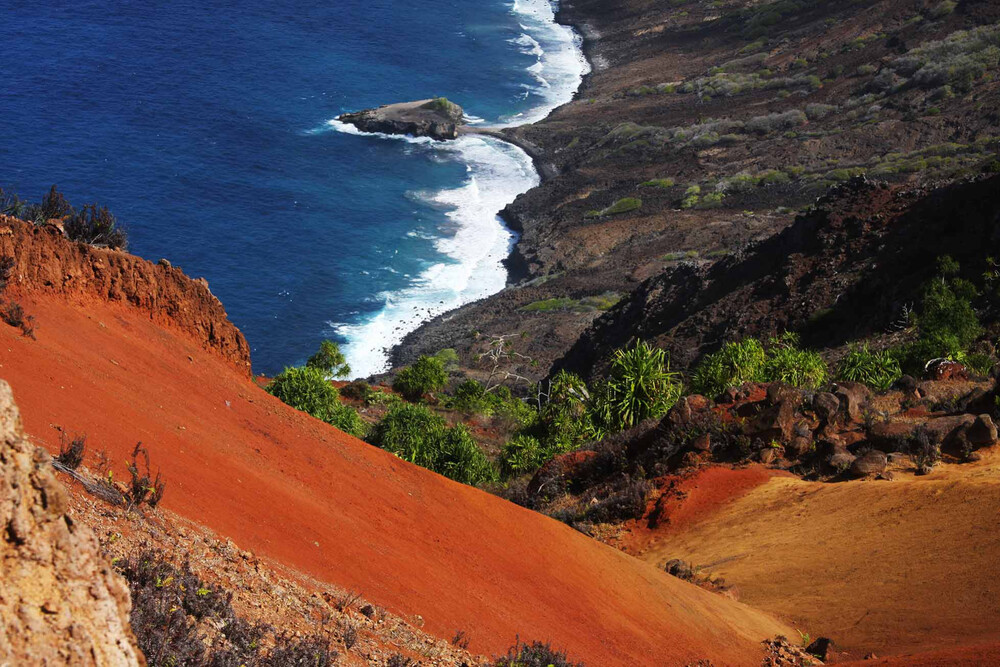
Marked by sharp ridges, impressive peaks, and cliffs rising abruptly above the ocean, the landscapes of the archipelago are “unparalleled” in these tropical latitudes according to UNESCO. Like many Pacific islands, the Marquesas’ are a major center of endemism, home to rare and diverse flora, a diversity of emblematic marine species, and one of the most diverse seabird assemblages in the South Pacific.
Virtually free from human exploitation, Marquesan waters are among the world’s last marine wilderness areas. The property also includes archaeological sites ranging from monumental dry-stone structures to lithic sculptures and engravings created by the culture that managed to flourish on the islands between 1,000 CE and 1,900. These Polynesians were one of the main colonizing groups across the Polynesian triangle, and are believed to be the original settlers of Hawai’i, Tahiti, Rapa Iti, and Easter Island.
It’s telling that Te Henua Enata was inscribed on UNESCO’s list for five out of eight possible criteria, by far the most comprehensive candidate in this year’s entries. WaL
We Humbly Ask For Your Support—Follow the link here to see all the ways, monetary and non-monetary.
PICTURED ABOVE: Nuku Hiva, tohua Hikokua, Hatiheu Valley. PC: Jérôme Maurel ©
Editor’s Note: Text used here is republished from UNESCO under CC 3.0. licenses.
